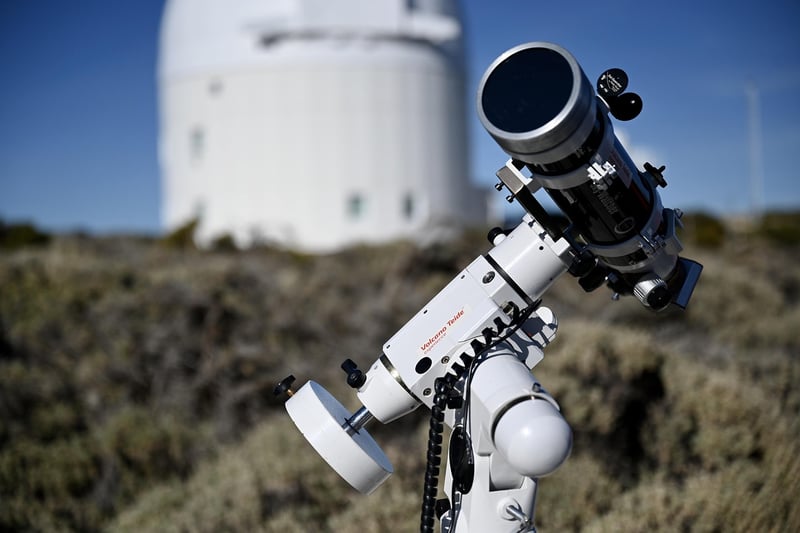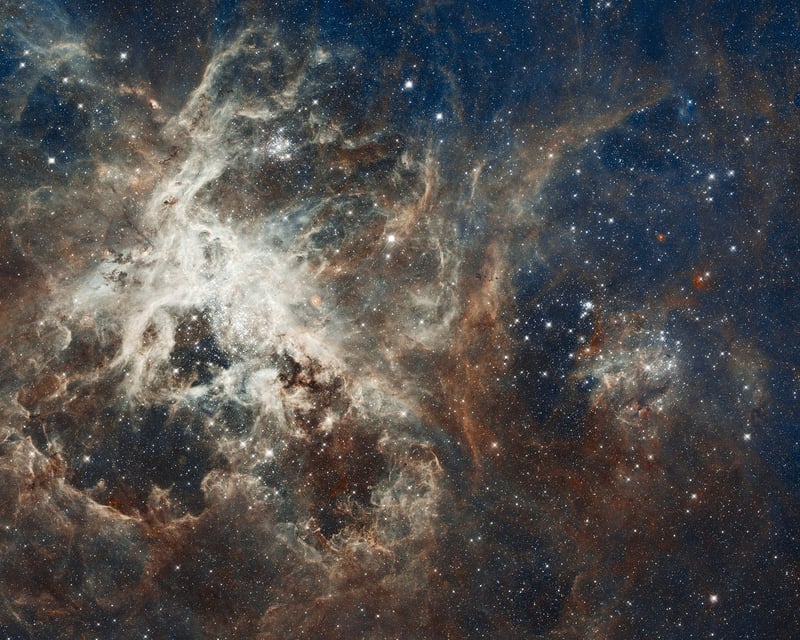Interstellar Missions
Exploring the Cosmos: Interstellar Missions
Welcome to the thrilling world of interstellar missions where humanity reaches for the stars and explores the vast unknown of the cosmos. In this article, we will delve into the wonders of space exploration beyond our solar system and the incredible missions that aim to push the boundaries of human knowledge and discovery.
What are Interstellar Missions?
Interstellar missions are spacecraft voyages that travel beyond our solar system to explore distant stars, exoplanets, and the interstellar medium. These missions are at the forefront of space exploration, seeking to unlock the mysteries of the universe and search for signs of extraterrestrial life.
Notable Interstellar Missions
Voyager 1 and Voyager 2
The Voyager spacecraft, launched by NASA in 1977, are the farthest human-made objects from Earth. Voyager 1 has entered interstellar space, while Voyager 2 is on its way to the interstellar medium. These pioneering missions have provided valuable data about the outer planets and continue to transmit signals back to Earth.
Breakthrough Starshot
Breakthrough Starshot is a proposed interstellar mission that aims to send a fleet of light-powered spacecraft to the Alpha Centauri star system, our nearest stellar neighbor. By using powerful lasers, these nanocraft could reach speeds of up to 20% of the speed of light, enabling a journey of just over 20 years to reach Alpha Centauri.
Project Longshot
Project Longshot was a concept for an interstellar spacecraft designed by NASA and the US Naval Academy in the 1980s. The mission aimed to send a probe to Alpha Centauri using nuclear pulse propulsion. While the project was never realized, it laid the groundwork for future interstellar mission concepts.
Challenges of Interstellar Travel
Interstellar missions face numerous challenges due to the vast distances involved and the limitations of current propulsion technologies. Overcoming these hurdles will require innovative solutions and breakthroughs in spacecraft design, propulsion systems, and life support capabilities.
Exciting Future Prospects
Despite the challenges, the future of interstellar missions holds immense promise. Advances in propulsion technologies such as nuclear fusion and antimatter propulsion, along with the development of advanced spacecraft materials, could enable faster and more efficient journeys to the stars.
Join us on this cosmic journey as we strive to unlock the secrets of the universe and embark on daring interstellar missions that will redefine our understanding of space and time.


For more information on interstellar missions and the exploration of the cosmos, visit NASA's Solar System Exploration page.
